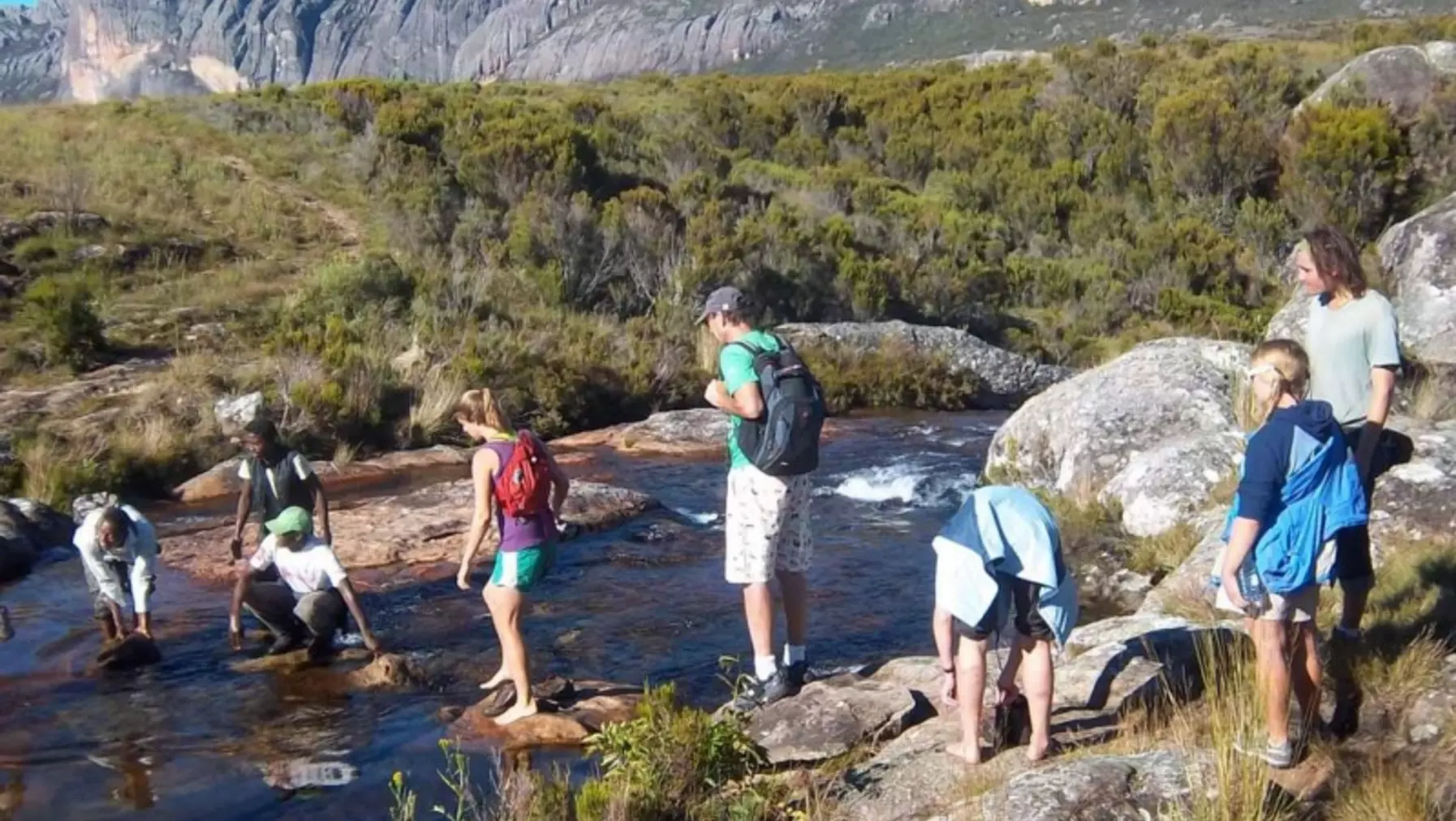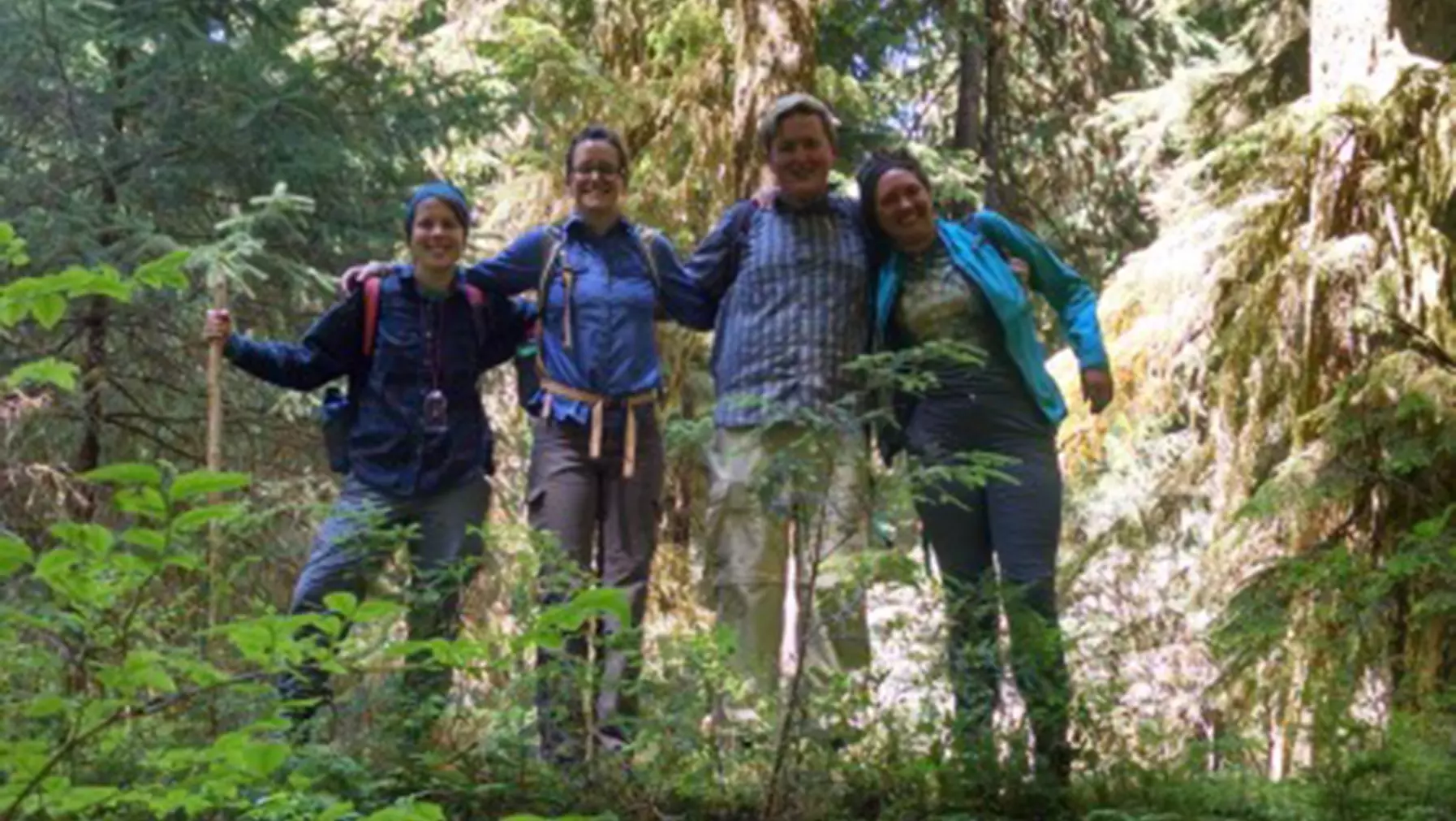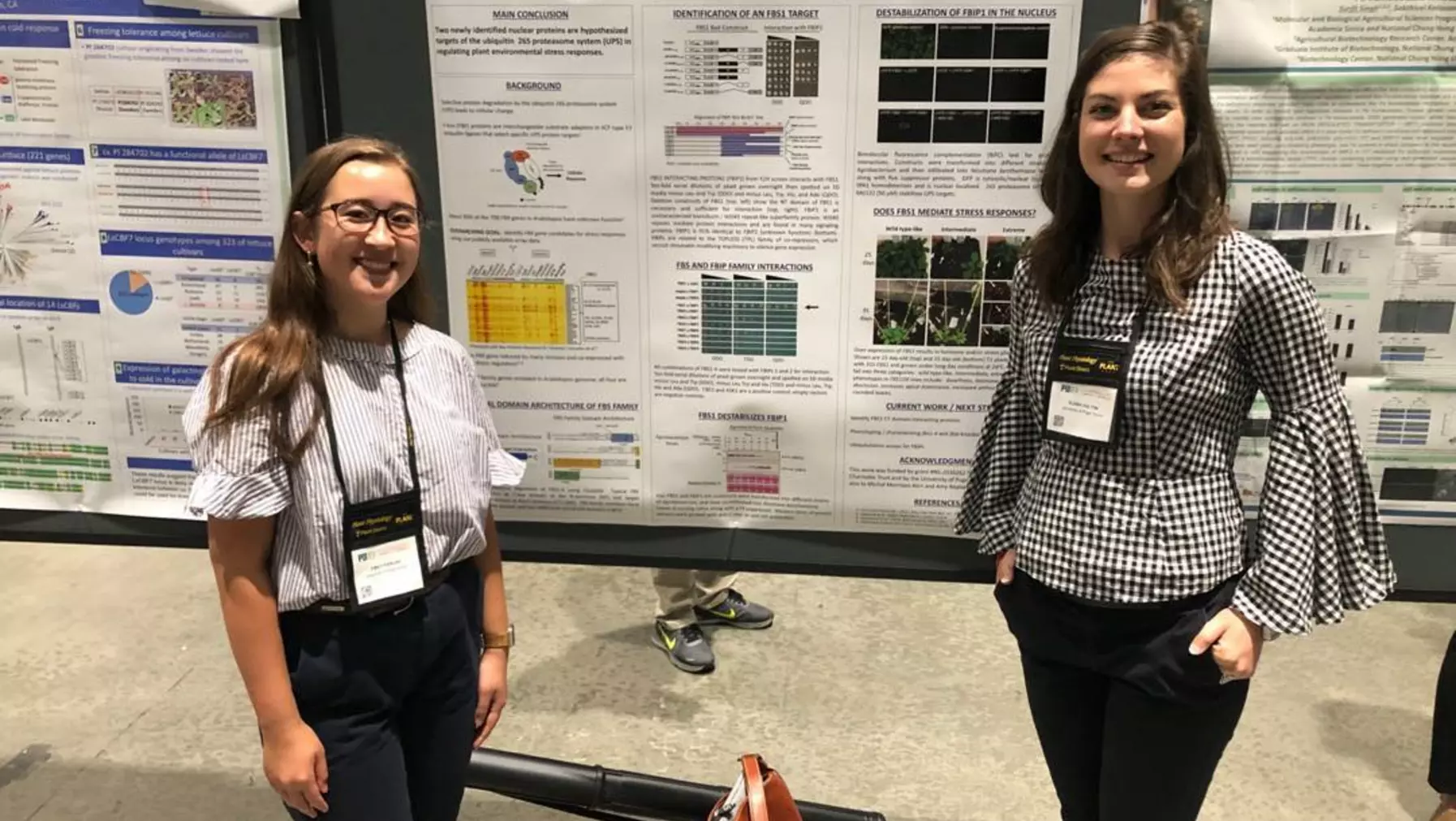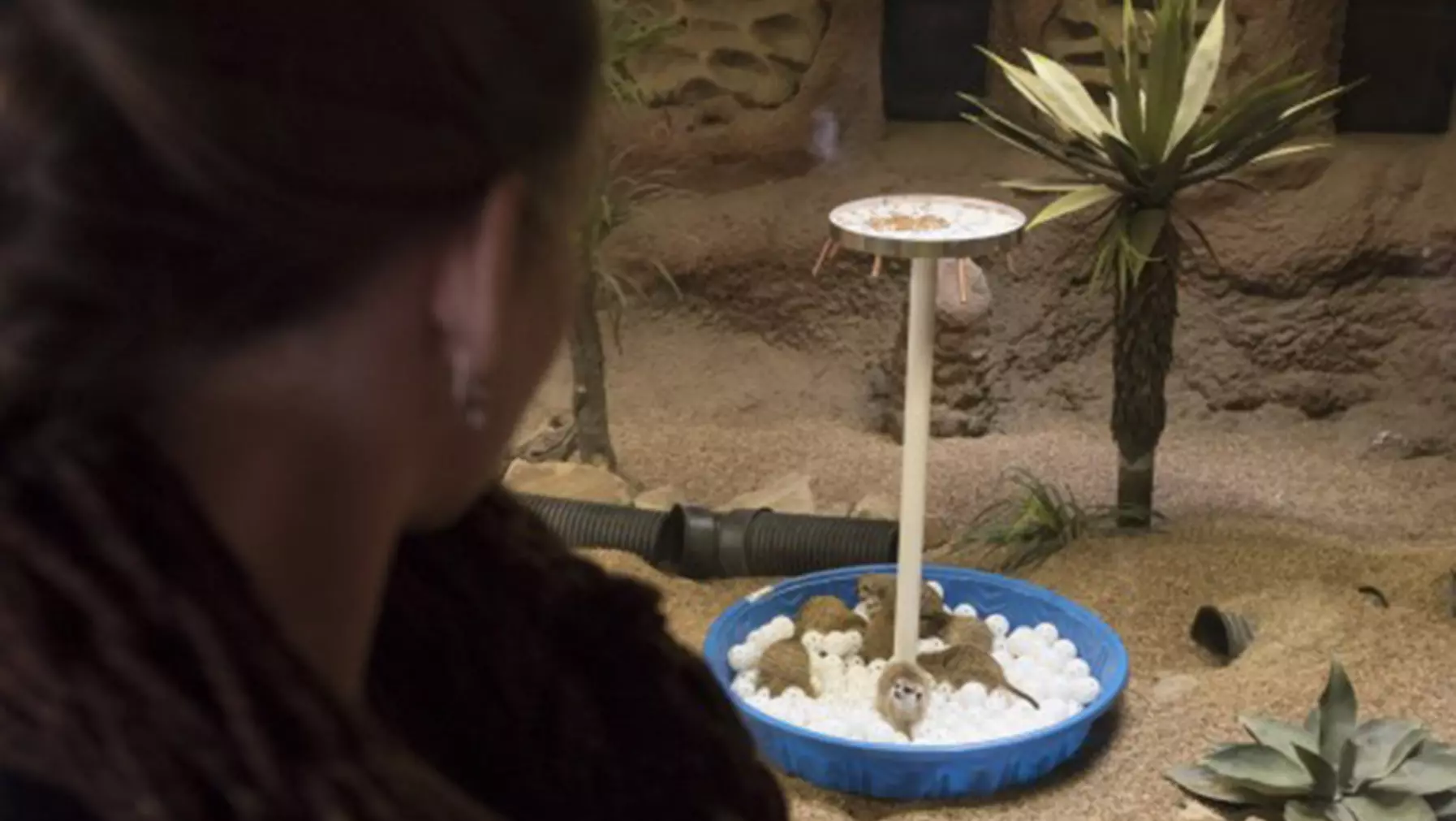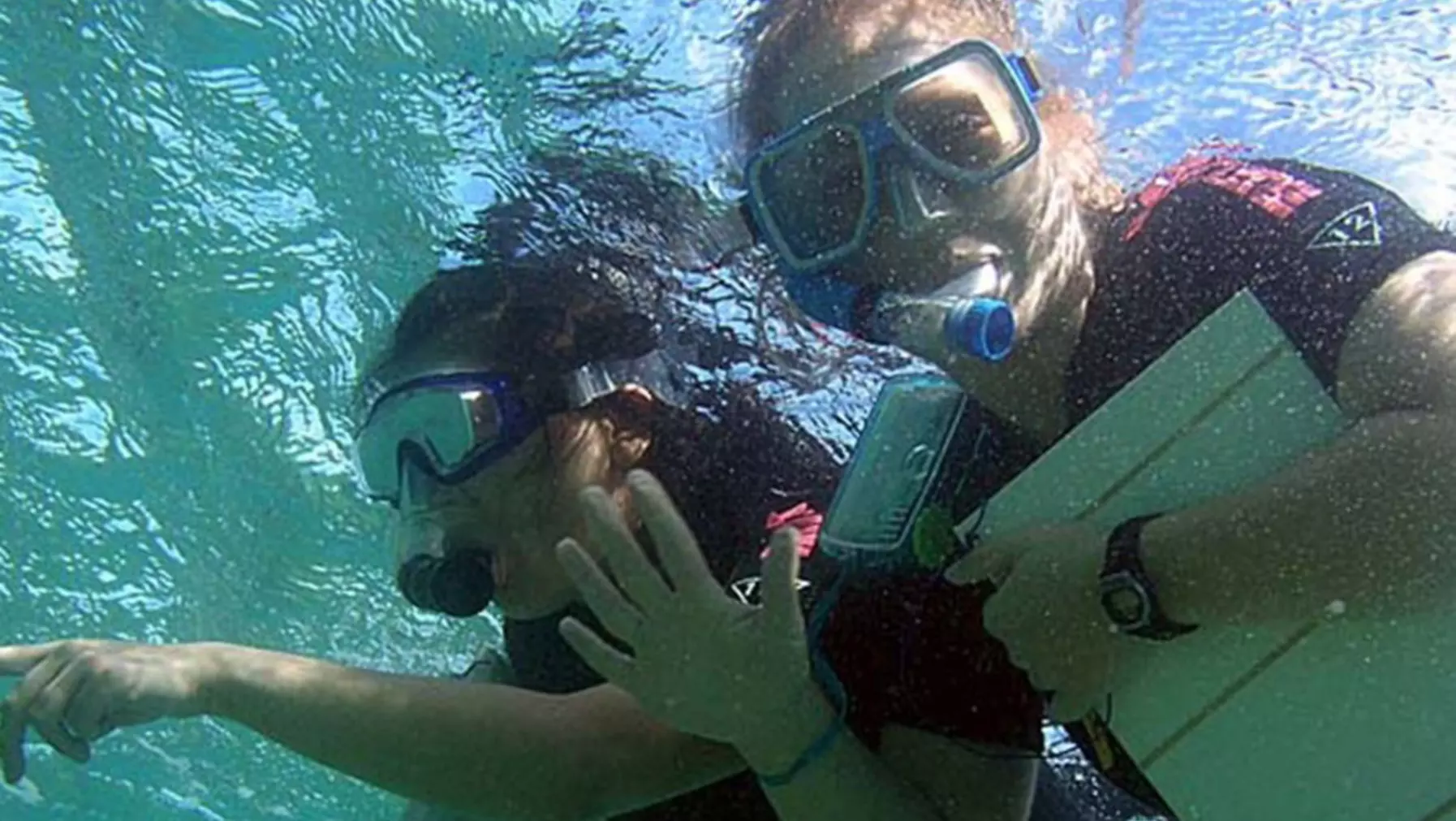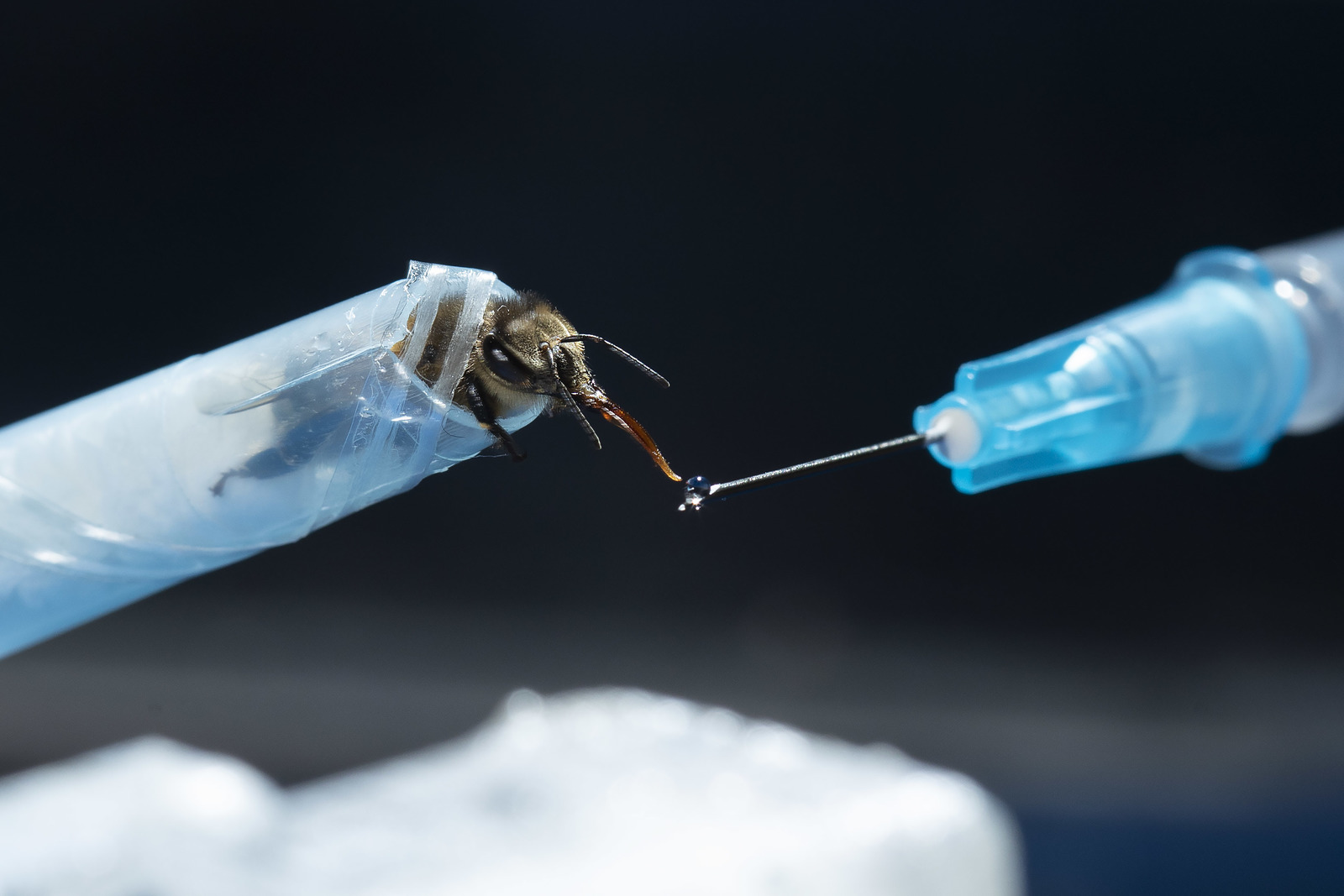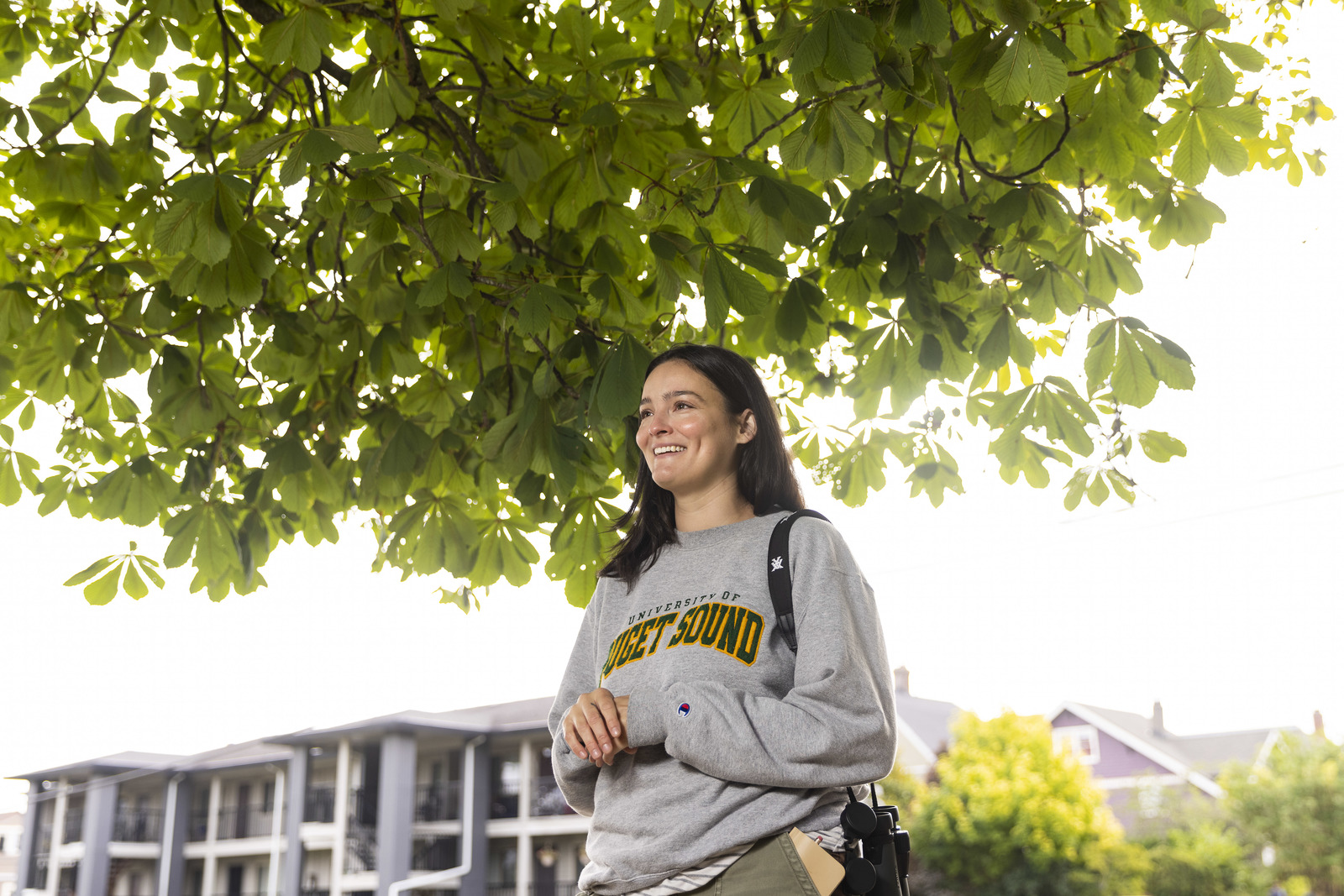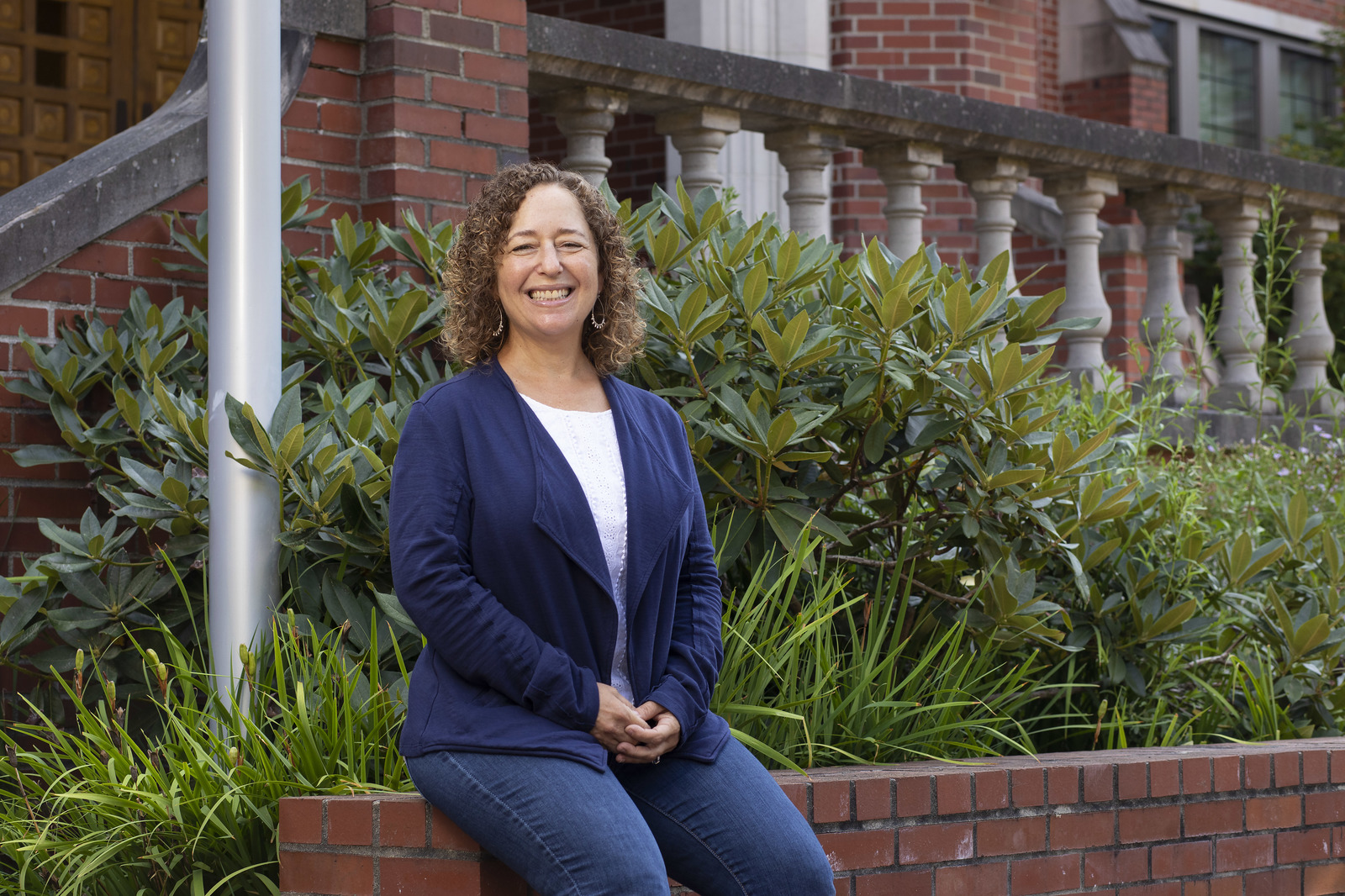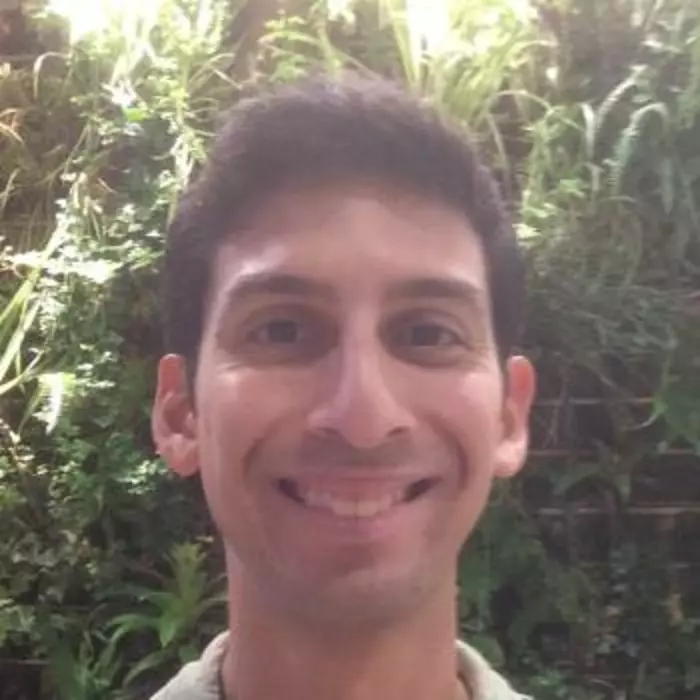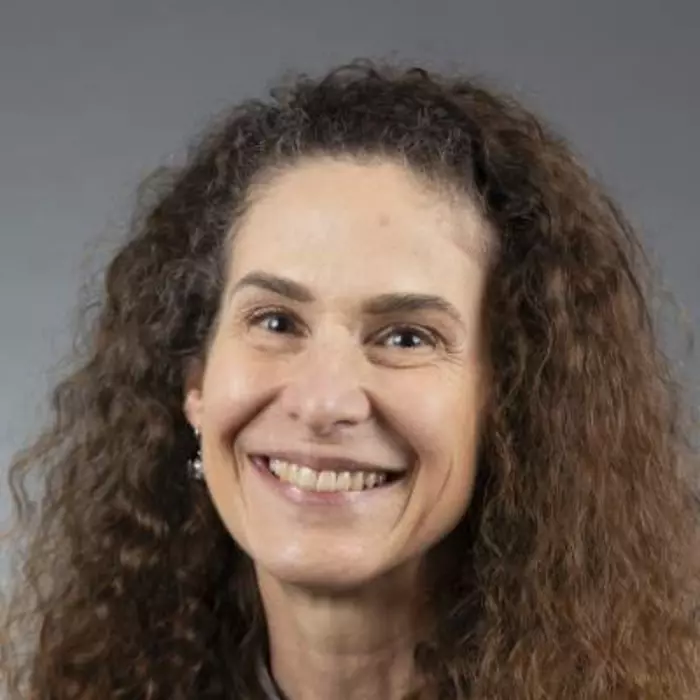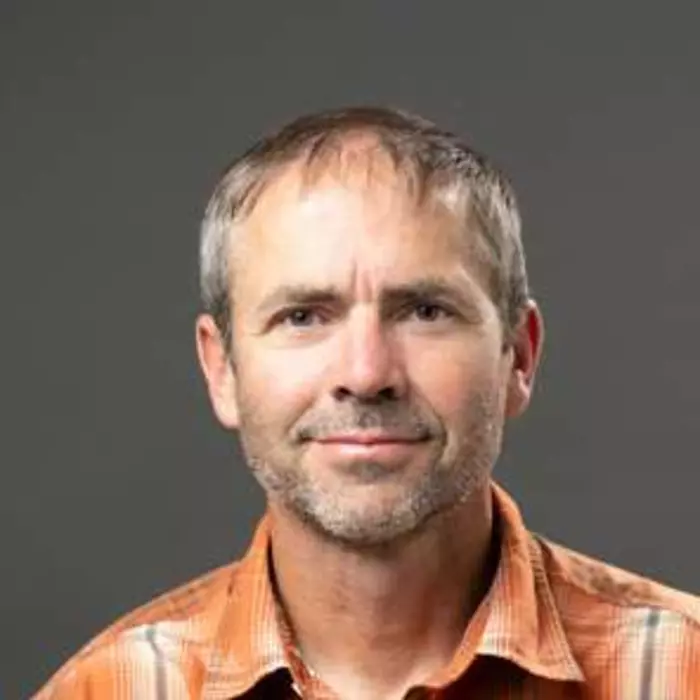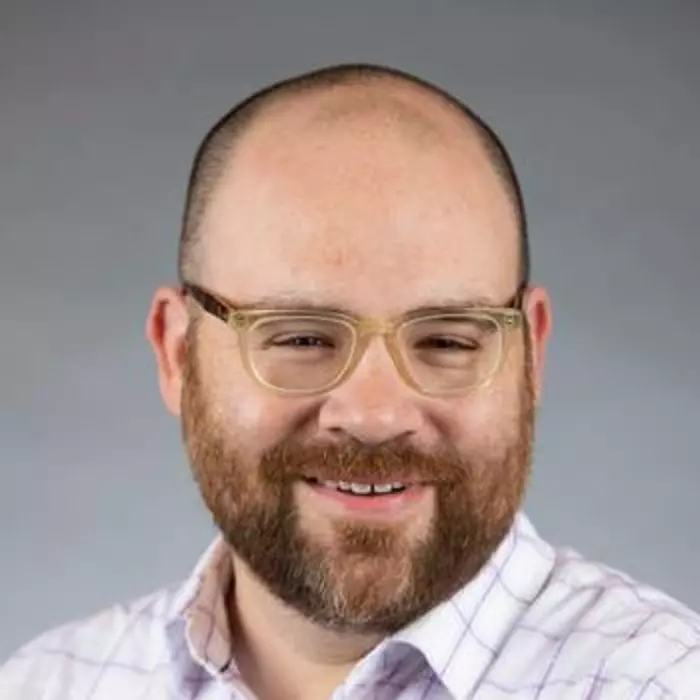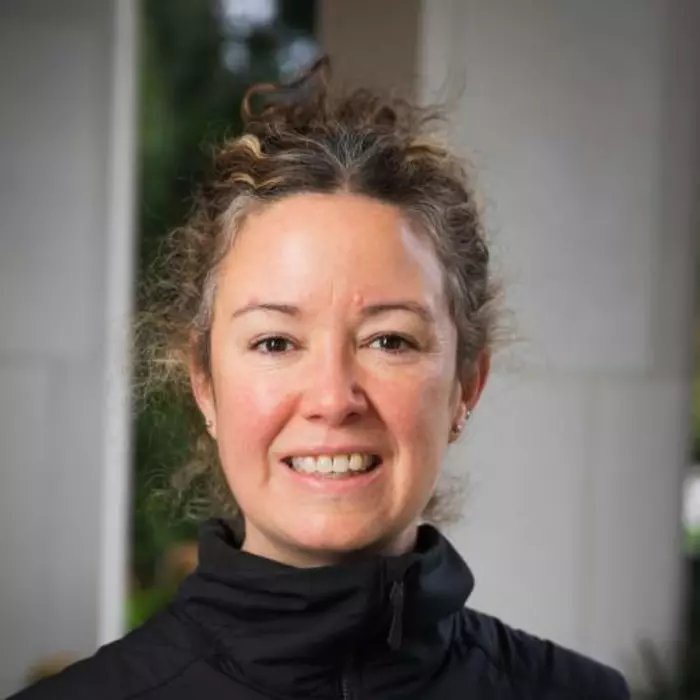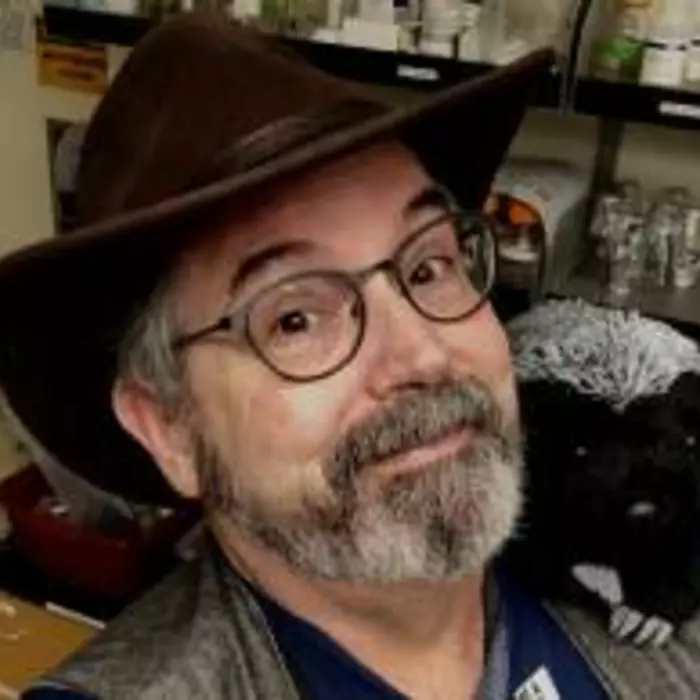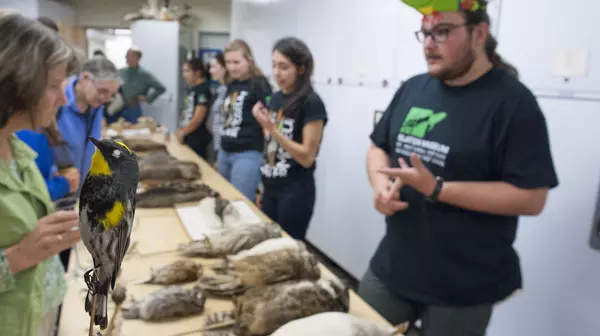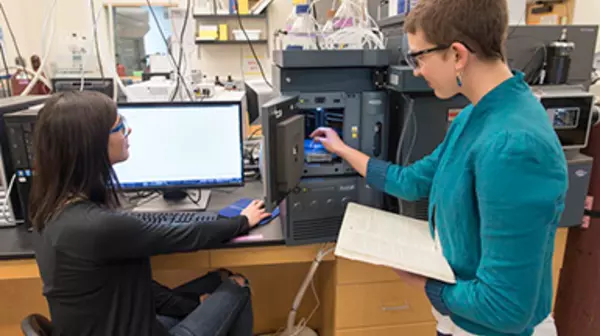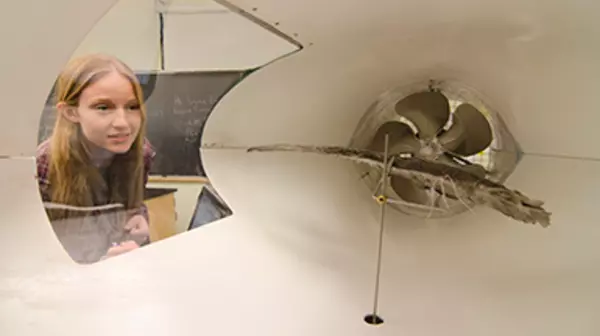The biology department offers two stand-alone majors: an integrative Biology major, and an interdisciplinary Molecular and Cellular Biology major. The department offers a breadth of courses in modern biology, emphasizing the unity and diversity of life, foundational principles, and cutting-edge concepts and technologies. Our faculty members are active research scholars and we love working side-by-side with students on these efforts. Our undergraduates conduct hands-on research, both in faculty-taught class labs and in faculty members’ own research labs. Many students engage in collaborative research with faculty members in areas such as cell and molecular biology, microbiology, ecology, behavior, physiology, conservation biology, genetics, bioinformatics, and marine biology. All students gain proficiency in a wide range of techniques and instrumentation, learn quantitative and statistical analyses, become close readers and critical thinkers, develop oral and written communication skills, and build a personal understanding of the natural world through observation and experimentation in the field and the laboratory.
Biology
Program Description
- Research scientist
- Medical professional (doctor, dentist, veterinarian, genetic counselor, public health toxicologist, etc.)
- University professor
- K-12 Teacher
- Conservation projects coordinator
- Education and outreach coordinator
- Public health toxicologist
- Naturalist
- An appreciation for biological complexity and the natural world, with exposure to both the foundations of biological thought and emerging fields of study
- How to think critically about science and interpret scientific literature
- How to use a wide range of biological techniques and instrumentation
- How to conduct biological research, including idea conceptualization, experimental design, research ethics, data collection, statistical analyses, and written and oral communication of your findings
- How to relate your science to contemporary issues and problems in society

"This department goes above and beyond to provide students with amazing opportunities for learning and personal growth. Conducting research, being an IA, and simply sitting down to discuss life goals with our wonderful faculty and staff are invaluable experiences that will help me through grad school and beyond!"
An introduction to the interactions of individuals in a population, populations in a community, and communities in ecosystems. Laboratories are designed to illustrate ecological principles and give experience in approaches and techniques of ecology. Experimental design, quantitative data analysis, and statistics are emphasized throughout the course.
This course introduces students to the principles of classical and modern genetics. The laboratory illustrates major concepts in genetics through directed inquiry experiments.
A study of function at the systems and cellular levels in a variety of animal forms with emphasis on fundamental physiological principles. Physiological adaptation to different habitats is also discussed. Laboratory involves application of various experimental techniques. Lab is required. Some labs require the dissection of earthworms, the use of crab blood, and may require the use of live tissue preparations.
Microbiology is the biology of two of the three Domains of life (the bacteria, the archaea, and the viruses of both) as opposed to eukaryotic organisms. This course explores three aspects of microbiology - diversity, ecology, and interactions with other organisms (including pathogen/host relationships in medical microbiology and more mutualistic associations such as symbioses). A term paper exploring the natural history of a particular microbe or related topic is required for this course. The laboratory includes basic microbiological techniques, classic experiments, and introduces current paradigm shifts in microbiology, including sociomicrobiology, microbial genomics, quorum sensing, and biofilms. Student teams carry out and write a report on an independent lab project of their own design. Students also read and discuss "cutting edge" journal articles showcasing recent advances in microbiology, and present those papers to their peers.
An examination of the biology of nerve cells and nervous systems through lectures and discussion of recent research. Topics include cell biology of the neuron, synaptic interactions and the neural bases of learning and memory, the neural circuitry underlying behavior, and developmental neurobiology. Emphasis is placed on students’ oral and written evaluations of scientific literature.
This course explores how modern chemical and biochemical strategies are used to interrogate and manipulate biological systems. The course will focus on selected, recent developments in the field as described in review articles and the primary literature. Themes include modifying and expanding the genetic code, screening and selection of chemical and biological libraries, directed evolution and rational design in the production of new protein activities, molecular imaging and probes for spatial and temporal localization of biological activity, modification of biological systems to produce new products or new activities, and design and use of novel molecular effectors of biological systems. In addition to examining the science of chemical biology, the course will also explore the commercialization of chemical biology and the background and influence of key individuals involved in developing this hybrid discipline. The course will emphasize process, with students directly engaging with primary sources, collaboratively analyzing and discussing information obtained from those sources, selecting and investigating topics in chemical biology that interest them, presenting the results of their investigations to their peers, and reflecting upon the scientific, commercial, and social impacts of modern chemical biology. Cross-listed as BIOL/CHEM 465
The marine environment encompasses 99% of the Earth’s biosphere and contains an incredible diversity of microbial, algal, and animal life forms. This course examines the biology of these organisms and the abiotic (e.g., salinity, nutrients, water currents and tides) and biotic factors (e.g., competition, predation, symbiosis) that influence their distribution and abundance. Specific topics include primary and secondary production, rocky intertidal biodiversity, estuaries, subtidal communities, coral reefs, pelagic and deep sea communities, impacts of humans on the ocean, and conservation. Lecture periods include discussions of primary literature and student presentations. Laboratory sessions involve field work, laboratory analyses, report writing, and multimedia presentation of project results.
Experiential Learning
Ways our students have gained experience:
- Conducting summer research, like Sam Gerrish ’25 ("Characterizing the Social Foraging Behavior of Marbled Murrelets in South Puget Sound"), Madison Hening ’26 ("The Effects of Bisphenols on the Neuronal Control and Embryonic Development of the Pong Snail Planorbella (Helisoma) trivolvis)"), and Ben Keri ’26 ("Exploring the Therapeutic Potential: Flavonoids and Their Influence on Neurodegeneration and Motor Impairments in an Insect Model of Huntington’s Disease")
- Giving presentations at professional conferences, like Sam Barnwell ’20 and Daniel Balderrama ’20 “Characterization of Phytochrome F Function in Solanum lycopersicum” at the Plant Biology conference 2022, Portland, OR
- Undertake a veterinary medicine internship, like Sasha Greeneschmitz ’23, Sawyer Lake Veterinary Hospital, Covington, WA
- Volunteer at a local free clinic, like Capriana Jiang ’23 and Kaushal Raghu ’25 Tacoma Neighborhood Clinic, Tacoma, WA
- Conduct practical and applied research at Point Defiance Zoo and Aquarium, like students in Professor Stacey Weiss’ Animal Behavior class
- Conduct research through a non-profit and government agency, like Lucy Ogburn ’22 Macroinvertebrate Community Structure in Snow and Glacial-fed Streams, and Sophia Kasper ’23 Species and Genetic Diversity of DNA Barcoded Macroinvertebrates in North Cascade Alpine Streams (the Xerces Society and the Washington State Department of Fish and Wildlife)
Where Graduates Work
Where our graduates work:
- CHI Franciscan (cardiologist)
- National Oceanic and Atmospheric Administration (lab technician)
- Seattle Children’s Research Institute (research scientist)
- Point Defiance Zoo & Aquarium (staff biologist)
- Swedish Cancer Institute (clinical research coordinator)
- Office of the Under Secretary of Defense for Research & Engineering (assistant director)
- Duke University (professor of neuroscience)
- Purdy Veterinary Hospital (veterinarian)
Where Graduates Continue Studying
Where our students continue their studies:
- Northeastern University (Ph.D., ecology)
- Icahn School of Medicine, Mount Sinai (Ph.D.)
- Tufts Cummings School of Veterinary Medicine (D.V.M.)
- Oregon Health & Science University (M.D.)
- University of Montana (Ph.D., microbiology)
- UC, Berkeley (Ph.D., molecular and cell biology)
FACILITIES
Puget Sound Museum of Natural History is one of the region’s significant repositories of biological specimens, providing a well-curated archive of animal and plant specimens for research and education.
Undergraduate students work on a variety of instruments in their coursework, including some equipment that many places only allow graduate students to access.
Students will use our various labs and equipment to conduct research for class, as well as for their independent research efforts.

